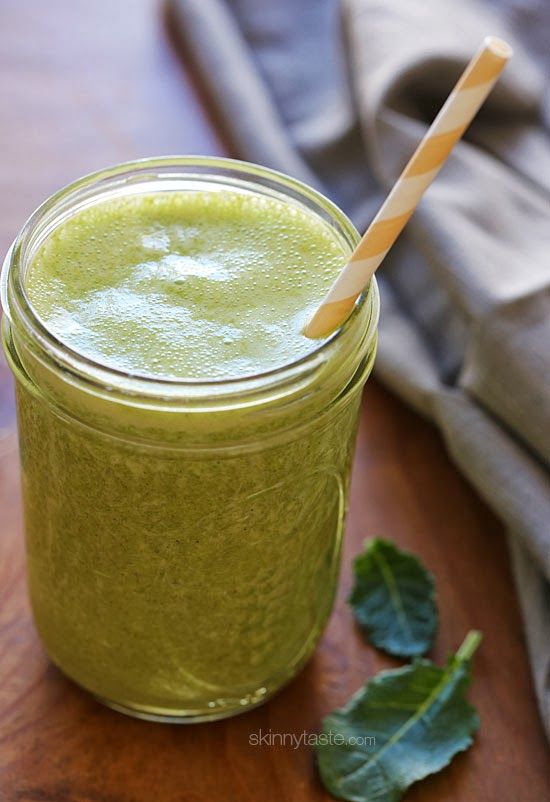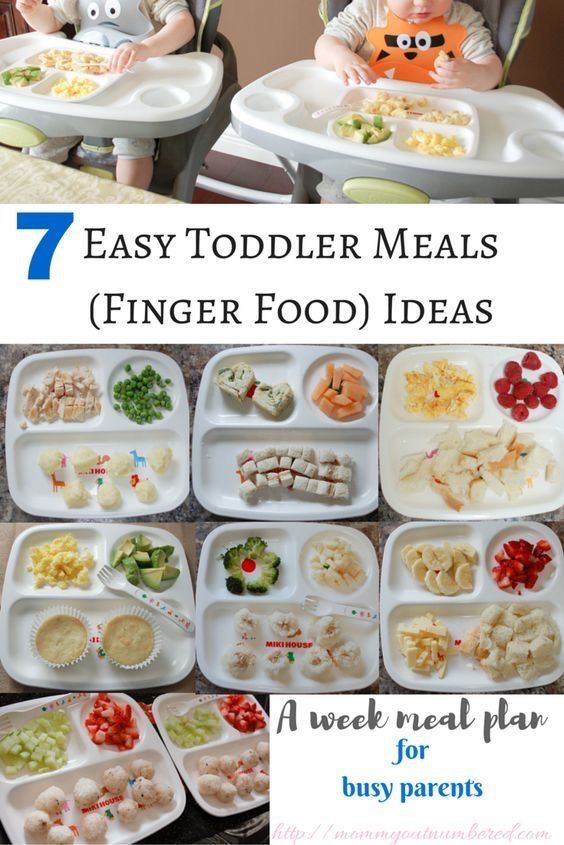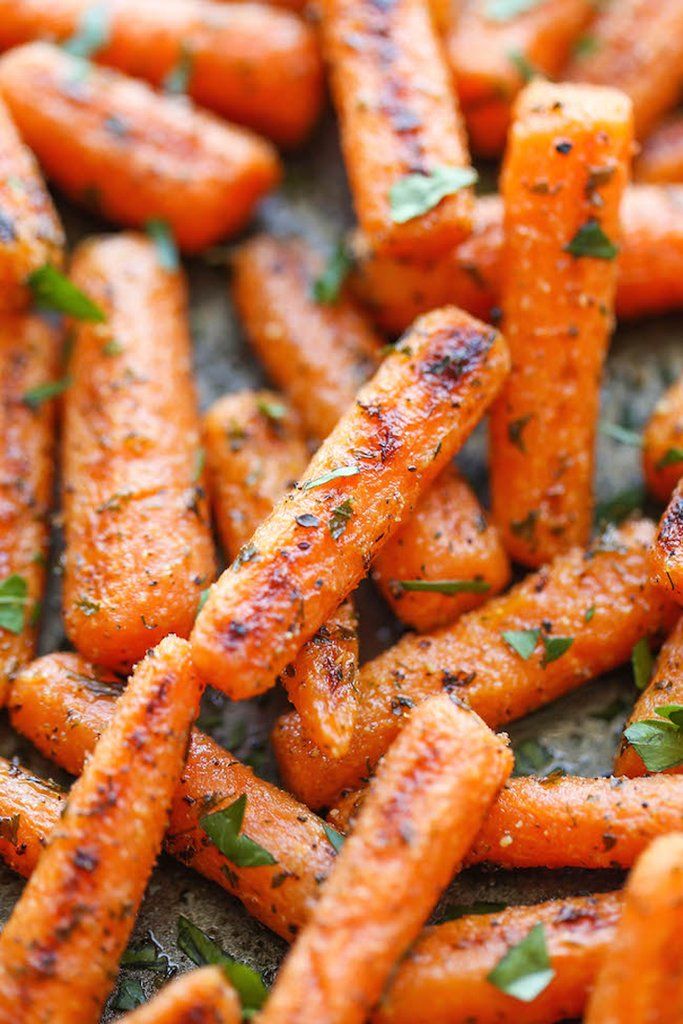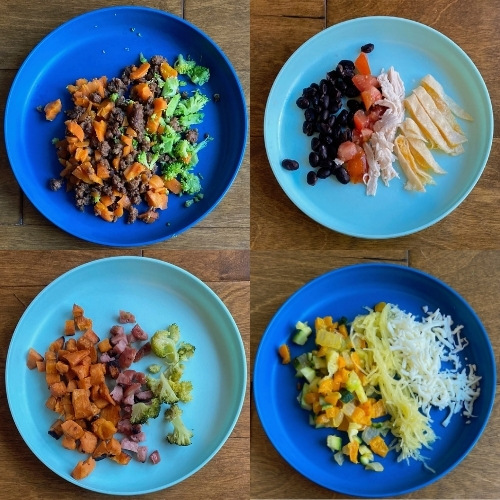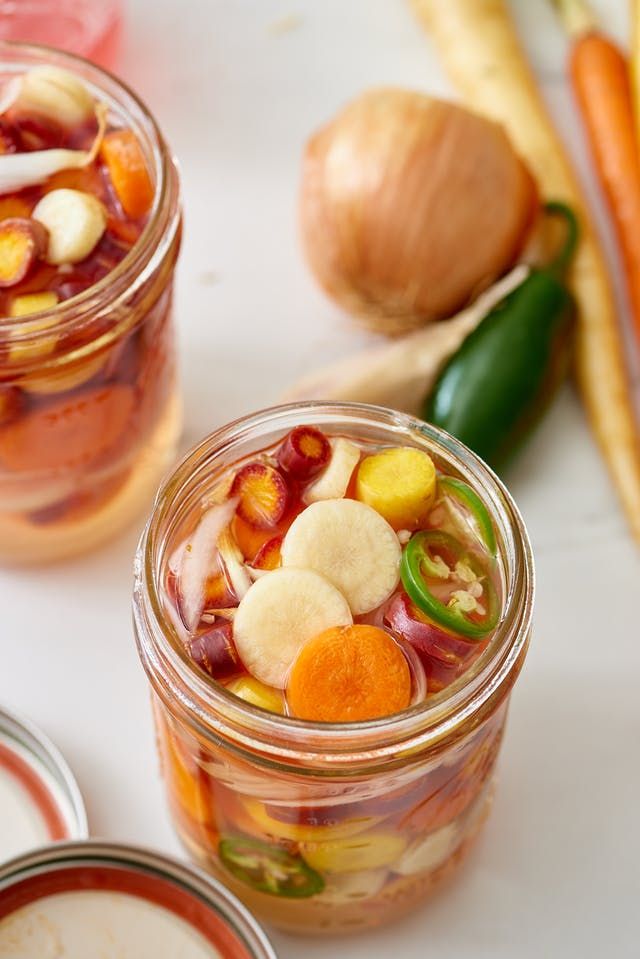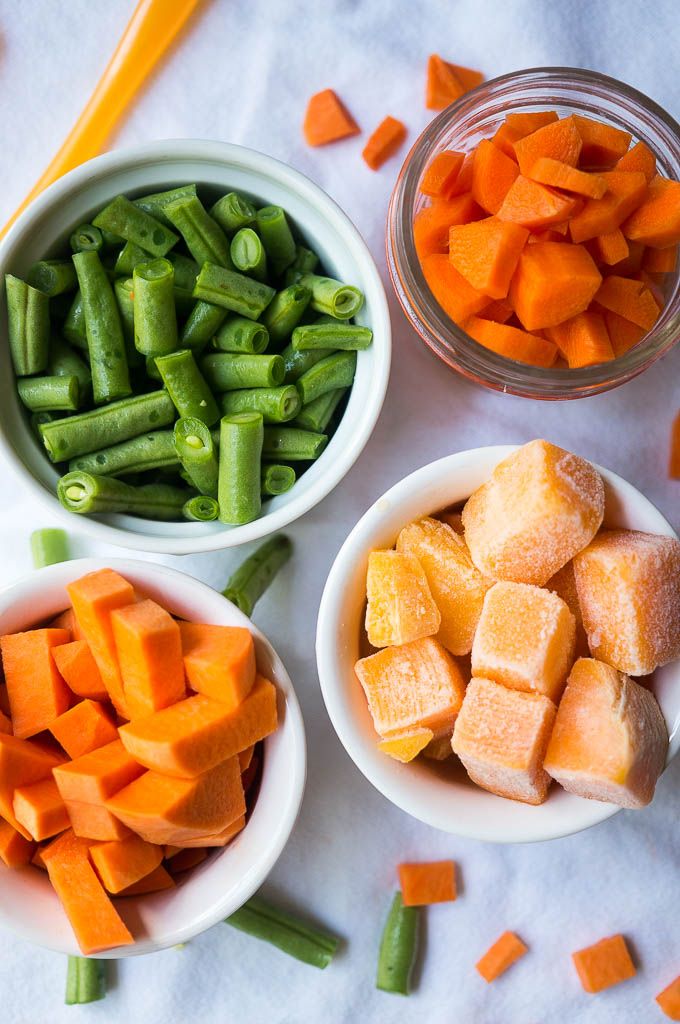How do baby food pouches work
Baby Food Pouches: Pros, Cons and Practical Advice
Should you give your child a baby food pouch?
It hasn’t taken long for baby food pouches to show up in grocery stores and superstores everywhere. You can even find them at some Starbucks!
In fact, it’s safe to say they’ve become part of the nutrition mainstream for babies and toddlers.
Baby food pouches may provide a good source of fruits and/or veggies, with many brands boasting no added sugars, juices, salt or artificial colors and use of all organic ingredients.
Some companies claim their products are cooked at lower temperatures than jarred baby food, increasing their nutrient content.
While the possibilities are endless with these convenient creations, others advise caution when using them.
In this article, you’ll learn:
- The pros and cons of using baby food pouches
- Why it’s important to connect through feeding
- 5 pointers for effective use of food pouches
The Pros of Baby Food Pouches
Pouches are easily portable and re-sealable for handy feeding at home or on the go. They don’t get crushed like some whole fruits and vegetables or break like glass jars.
Storage is a snap; you can refrigerate or freeze any partially used containers. They can be eaten cold, at room temperature, or heated up in warm water.
They make fruits and vegetables more accessible to toddlers when fresh options are not available or when time is limited.
It’s easy to complement your own cooked meals or restaurant fare with these blends to boost your child’s fruit and vegetable content.
Concerns about Food Pouches
Even though I think they are a wonderful option overall, I do have a few concerns about how these products are used. Like all baby food, the single-ingredient fruits or fruit and vegetable blends should be introduced around 6 months, when your baby shows developmental signs of readiness.
For infants, spoon feeding utilizes mouth muscles necessary for proper speech. Additionally, toddlers can learn how to use a spoon to build fine motor skills.
I recommend using a spoon when feeding these purees.
It is ok for toddlers to “suck” on these pouches occasionally.
However, make sure your tot has started spoon-feeding themselves, eating finger foods, and drinking from a cup with minimal spilling before giving them a pouch to “suck on.”
Don’t depend on pouches as a sole source of your child’s fruits and veggies, you want him or her to recognize and accept whole fruits and vegetables, too!
Get the Food & Nutrients for Baby’s Brain!
Keep Your Baby’s Nutrition in Mind
As baby food pouches become more popular, however, parents want to make sure they fit them into the overall goals for their child’s nutritional needs and developmental progress.
Starting solids is a very important phase and there are a few overarching goals to keep in mind:
- Support your baby’s growth and development by supplying the nutrition he needs, especially for critical nutrients like iron, DHA and vitamin D.
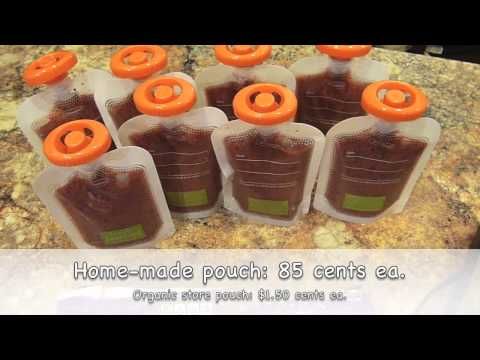
- Advance your little one along with feeding skills. By a year of age, your baby should be self-feeding with utensils (and his hands), drinking out of a cup and eating a wide variety of flavors and textures.
- Setting up healthy eating habits.
Feeding is as Important as Food
With the fast-paced world we live in, it’s easy to put feeding on the back burner and give your youngster foods they can eat without your help.
Remember, feeding is a chance to connect and enhance attachment. When your child eats in the back seat while you drive, you miss out on an opportunity to connect.
A positive feeding relationship in infancy sets the stage for future healthy eating in toddlerhood, childhood and the teen years.
5 Pointers for Using Baby Food Pouches
I’ve got a few pointers for using baby food pouches so your baby becomes the healthy, self-feeder he was meant to be!
1. Incorporate the Spoon
The original intent when baby food pouches came out on the market was to use them with a spoon.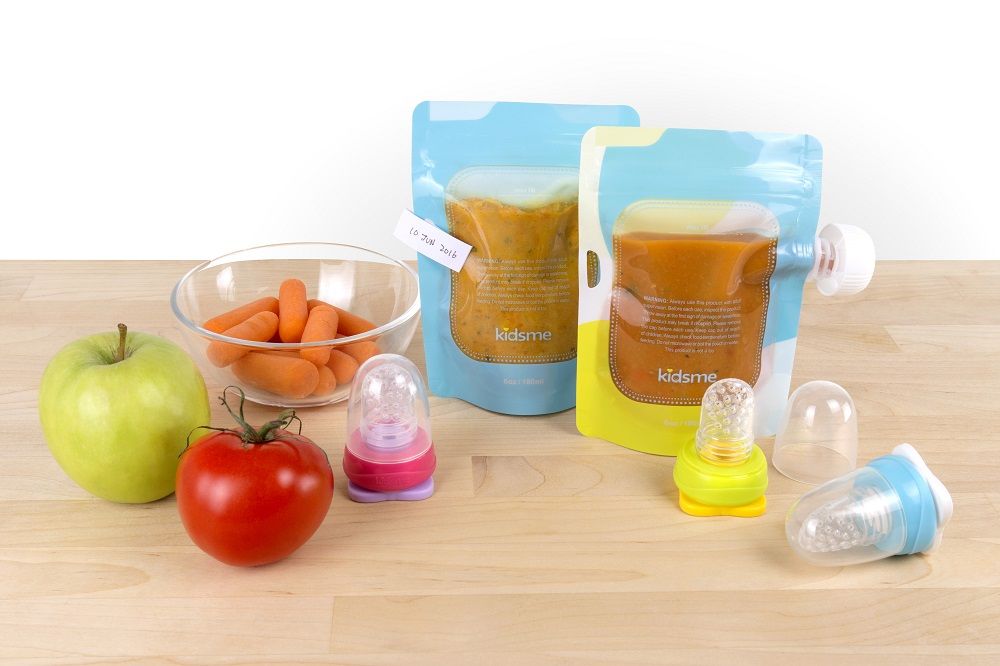
Parents could squeeze a bit of baby food onto the spoon and feed it to their infant.
Today, the spoon is skipped and sucking from the pouch is the norm. This misses the opportunity to teach baby how to eat off a spoon and use his mouth muscles to manage, propel and chew food.
All babies need diversified texture so they learn to chew, self-feed and advance their feeding skills.
Babies who do not advance to more textured food by 9 months of age have been shown to have a greater likelihood of having feeding problems later.
Using a pouch won’t hurt your baby if you keep moving forward with feeding skills, such as introducing finger foods, offering the spoon, and encouraging self-feeding.
2. Mix in More Texture
Add textured foods such as chopped and cooked veggies, rice, noodles or shredded meats in a bowl with baby food from pouches to increase the texture experience.
These varied textures will stimulate your baby’s sensory system and train his mouth muscles to handle a wide range of food textures.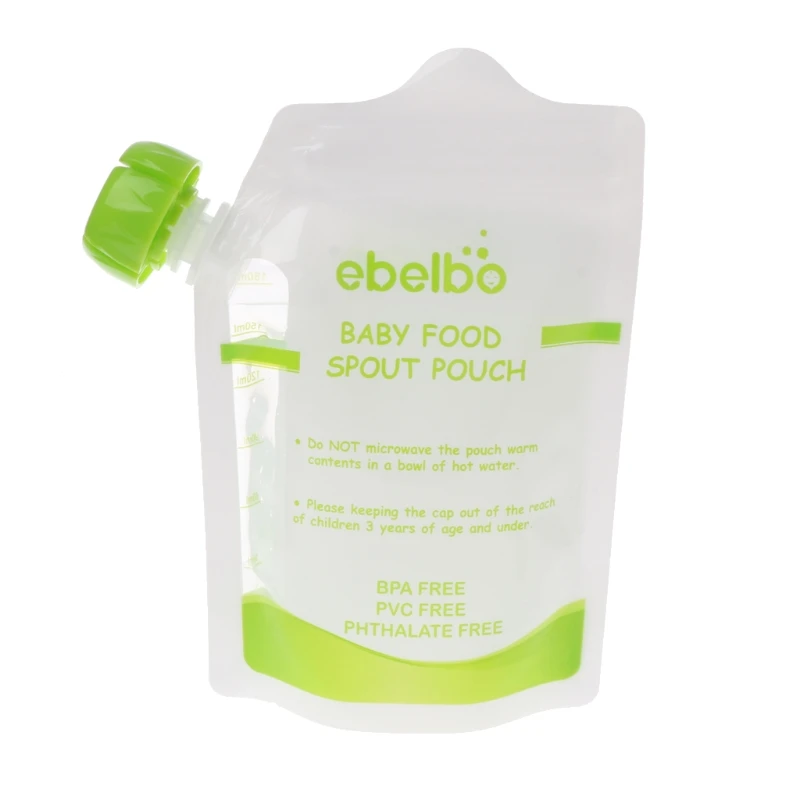
3. Monitor Baby when Eating a Baby Food Pouch
No matter what, when, or how you feed your baby, he or she needs to be monitored to watch for choking and to continue to enhance the parent-child connection and bond.
4. Start Finger Foods Between Six and Eight Months
Between six and eight months, babies develop their hand grasp and can hold a finger-shaped, or long, thin rectangle of soft food, such as buttered toast, soft cooked vegetables like sweet potato, or ripe fruit like banana or avocado.
By eight months, the pincer grasp emerges, and your baby can pick up small bits of food with his thumb and forefinger.
At this stage, introduce finer foods like strips and small cubes of soft food to your baby’s meal routine.
Use this opportunity to introduce singular veggies and fruits so your baby can appreciate the flavor and texture of these foods.
5. Always Sit to Eat
This is good advice for any child at any age (even adults), but especially for the new eater who is learning to handle food.
Sitting for meals and snacks helps children pay attention to their food and eating, learn to eat mindfully, and stop eating when full.
Your job is to provide quality nutrition and establish a good eating environment. Use developmentally appropriate feeding utensils and food textures to foster lifelong eating habits.
Need More Help with Feeding Baby?
Check out our nutrition booklets, workshops, and courses and my book, The Smart Mom’s Guide to Starting Solids.
You may also enjoy reading:
- Is Rice Cereal for Babies Safe?
- Toxins in Baby Food: What You Need to Know
This article was updated on January 26, 2020.
5 Tips for Pouch Feeding by Pediatric Nutritionist Jill Castle – Once Upon a Farm
Pouches have taken the world of baby food and feeding by storm. They’re convenient, sterile, and tout a variety of interesting flavors and food combinations. They are certainly growing in popularity.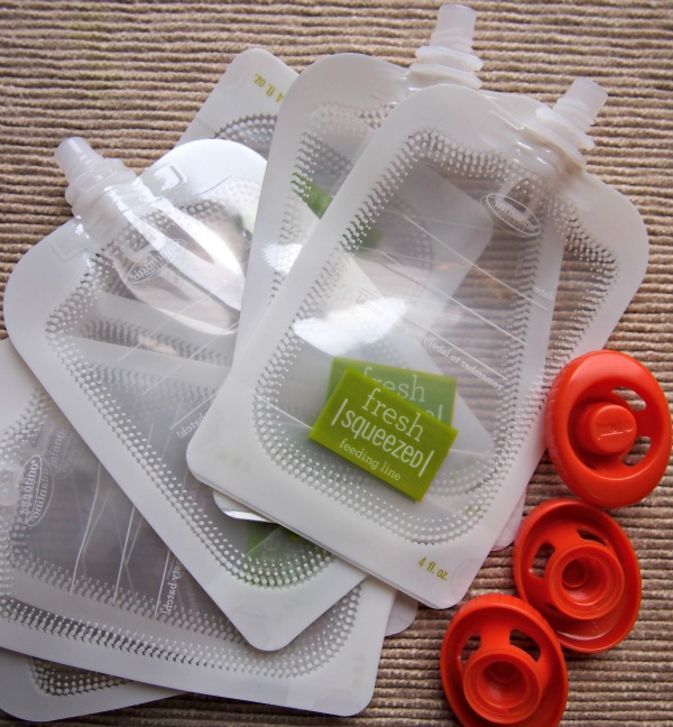
Pouches are easy to use and give flexibility to parents, offering portable nutrition that’s in sync with the busy lifestyles many families have today. They also promote self-feeding and independence. All good stuff.
As baby food pouches become more popular, however, parents want to make sure they fit them into the overall goals for their child’s nutritional needs and developmental progress.
-
Advance your little one along with feeding skills. By a year of age, your baby should be self-feeding with utensils (and his hands), drinking out of a cup and eating a wide variety of flavors and textures.
To this end, I’ve got a few pointers for using baby food pouches so your baby becomes the healthy, self-feeder they were meant to be!
5 Tips for Parents Who Give Their Little Ones Baby Food Pouches
1. Incorporate the Spoon The original intent when baby food pouches came out on the market was to use them with a spoon.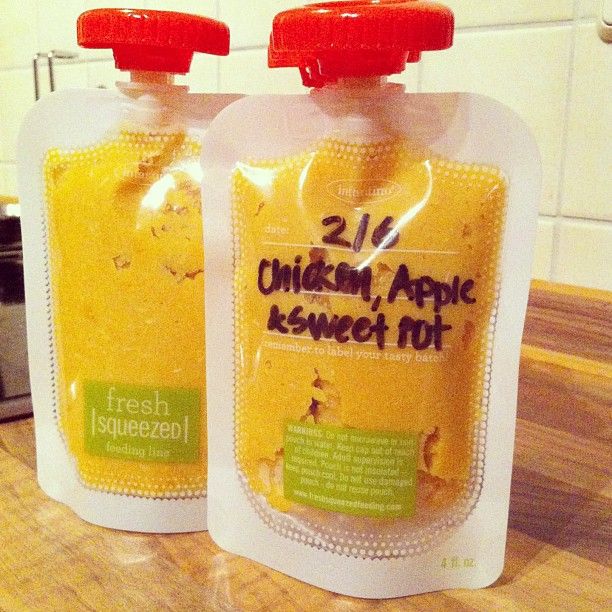 Parents could squeeze a bit of baby food onto the spoon and feed it to their infant. Today, the spoon is skipped and sucking from the pouch is the norm. This misses the opportunity to teach baby how to eat off a spoon and use his mouth muscles to manage, propel and chew food.
Parents could squeeze a bit of baby food onto the spoon and feed it to their infant. Today, the spoon is skipped and sucking from the pouch is the norm. This misses the opportunity to teach baby how to eat off a spoon and use his mouth muscles to manage, propel and chew food.
All babies need diversified texture so they learn to chew, self-feed and advance their feeding skills. Babies who do not advance to more textured food by 9 months of age have been shown to have a greater likelihood of having feeding problems later.
Using a pouch won’t hurt your baby if you keep moving forward with feeding skills, such as introducing finger foods, offering the spoon, and encouraging self-feeding.
2. Mix in More Texture Add textured foods such as chopped and cooked veggies, rice, noodles or shredded meats in a bowl with baby food from pouches to increase the texture experience. These varied textures will stimulate your baby’s sensory system and train his mouth muscles to handle a wide range of food textures.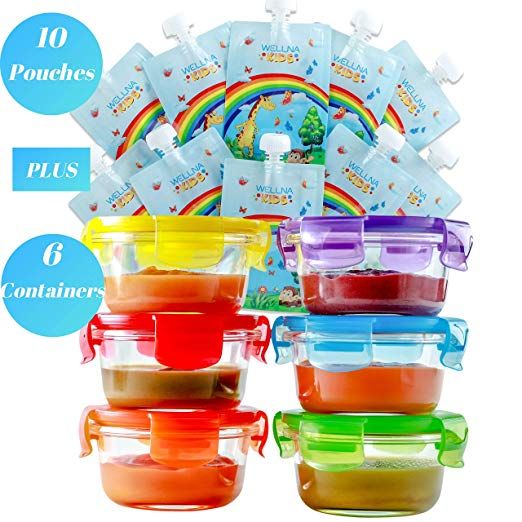
No matter what, when, or how you feed your baby, he or she needs to be monitored to watch for choking and to continue to enhance the parent-child connection and bond.
4. Start Finger Foods Between Six and Eight MonthsWe loved the convenience of the pouch, but it's still important to introduce finger foods. Between six and eight months, babies develop their hand grasp and can hold a finger-shaped, or long, thin rectangle of soft food, such as buttered toast, soft cooked vegetables like sweet potato, or ripe fruit like banana or avocado. By eight months, the pincer grasp emerges, and your baby can pick up small bits of food with his thumb and forefinger.
At this stage, introduce finer foods like strips and small cubes of soft food to your baby’s meal routine. Use this opportunity to introduce singular veggies and fruits so your baby can appreciate the flavor and texture of these foods.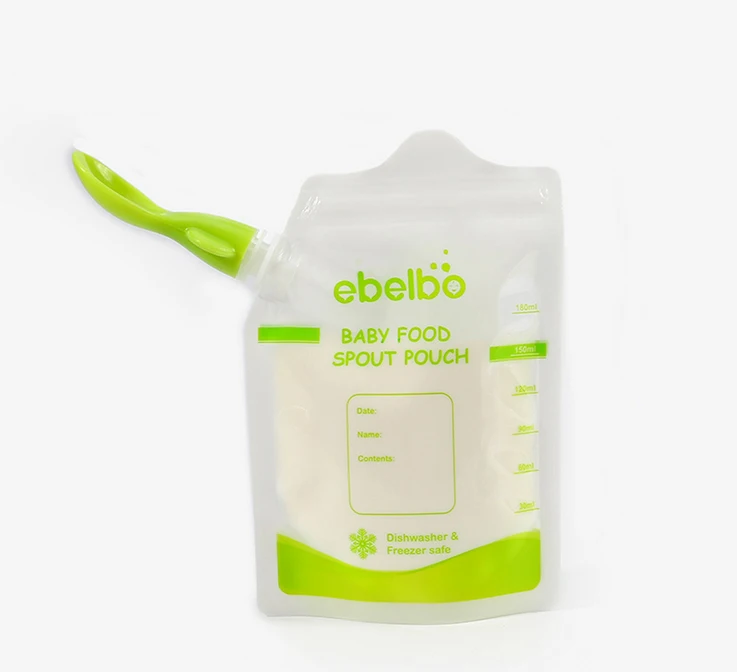
5. Always Sit to Eat
This is good advice for any child at any age (even adults), but especially for the new eater who is learning to handle food. Sitting for meals and snacks helps children pay attention to their food and eating, learn to eat mindfully, and stop eating when full.
- Written by Jill Castle, MS, RDN
Jill Castle is a registered dietitian and childhood nutrition expert who helps families navigate the ins and outs of feeding children from high chair to high school. She is the author of The Smart Mom’s Guide to Starting Solids, and the co-author of Fearless Feeding: How to Raise Healthy Eaters from High Chair to High School as well as many other resources for parents, including online trainings. You can find Jill’s blog, podcast and other resources on her website, http://www.jillcastle.com/.
Posted on: May 22, 2017
Posted by: Michaela Meehan
Tags:  Baby,  Education
Packaging of baby food, order packaging in Moscow at an affordable price
Manufacturers of baby food (fruit purees, nutritious cereal-milk mixtures and other products), the company "Custom Upakovka" offers a profitable product packaging service. We pack batches of any size in doy-packs with a convenient dosing fitting (side or central). Pouring the mixture is carried out on modern filling equipment, marking and stickering of products is carried out at the same time. A special food-grade polymer with an internal metallized layer is used as a material for the manufacture of a doypack. We strictly comply with the normative requirements of the technical regulations regarding the packaging of food products intended for children, as well as hygiene standards. We guarantee the safety of the product during the prescribed expiration date, ensuring the strength of the packaging and ease of storage. The design of the package is carried out by applying drawings and images, informational and advertising texts. With the help of eight-color flexo printing, the packaging is given an attractive look that will favorably distinguish the brand's products from the retail assortment. Doypacks are conveniently stored in a horizontal position and displayed on display cases in a vertical position due to the stable bottom of the bag.
We pack batches of any size in doy-packs with a convenient dosing fitting (side or central). Pouring the mixture is carried out on modern filling equipment, marking and stickering of products is carried out at the same time. A special food-grade polymer with an internal metallized layer is used as a material for the manufacture of a doypack. We strictly comply with the normative requirements of the technical regulations regarding the packaging of food products intended for children, as well as hygiene standards. We guarantee the safety of the product during the prescribed expiration date, ensuring the strength of the packaging and ease of storage. The design of the package is carried out by applying drawings and images, informational and advertising texts. With the help of eight-color flexo printing, the packaging is given an attractive look that will favorably distinguish the brand's products from the retail assortment. Doypacks are conveniently stored in a horizontal position and displayed on display cases in a vertical position due to the stable bottom of the bag.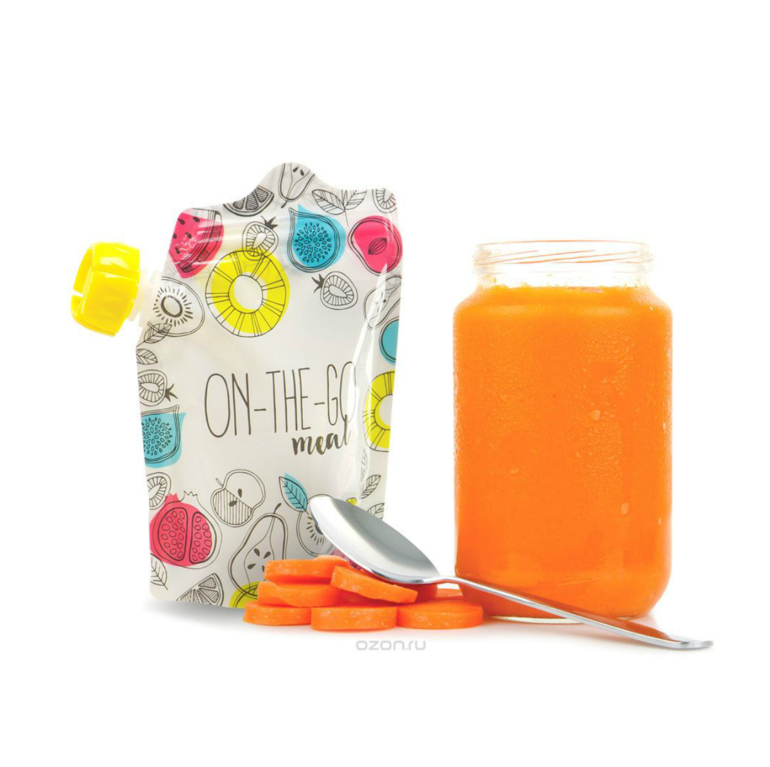
To find out the price and order the packaging of baby food in Moscow, please fill out the feedback form by clicking on the "ASK A QUESTION" button in the upper or lower right corners of the site, or call +7 495 664 51 31 .
5000 pcs
minimum packing run
3-10 days
packing time, taking into account the workload of production
25-30 days
time for packaging production and provision of turnkey packaging services
8
The maximum number of colors on the packaging
9000%
All shipments are packed earlier than the declared deadlines
Types of PACS PACS
Doy Pak(Doy Pack) 9000 9000
9000 9000 supply:
PET/PETmet/PE, PET/BOPPmet, PET/OPPmet, PET/AL/PE, APET/AL/PE, PET/PETmet/PVD, PET/CPPmet, OPP/OPPmet, BOPP/CPPmet, Kraft/BOPPmet, Kraft/OPPmet, White paper/BOPPmet/PE, White paper/AL/PE, Kraft/CPPmet, PET/PET/PE, PET/PE, OPP/OPP, PP/PP, BOPP/BOPP, BOPP/ CPP, Kraft/BOPP/PE, Kraft/PE, White paper/PE, White paper/PET/PE
Opportunities:
Installation of ZIP-Lock, installation of a cut handle, installation of Eurosrotes, installation of a fitting, rounding of angles, notch, demonstrative or complete caressing
Packing type:
Vertical
Three-high
( flow pack)
Film composition for making baby food packaging:
PET/PETmet/PE, PET/BOPPmet, PET/OPPmet, PET/AL/PE, APET/AL/PE, PET/PETmet /PVD, PET/CPPmet, OPP/OPPmet, BOPP/CPPmet, Kraft/BOPPmet, Kraft/OPPmet, White paper/BOPPmet/PE, White paper/AL/PE, Kraft/CPPmet, PET/PET/PE, PET/PE , OPP/OPP, PP/PP, BOPP/BOPP, BOPP/CPP, Kraft/BOPP/PE, Kraft/PE, White paper/PE, White paper/PET/PE
Possibilities:
Installation of zip-lock, installation of a cutting handle, installation of an euroslot, installation of a fitting, rounding of corners, notch, demonstration window, partial or full varnishing
(side fold)
Film composition for making baby food packaging:
PET/PETmet/PVD, PET/CPPmet, OPP/OPPmet, BOPP/CPPmet, Kraft/BOPPmet, Kraft/OPPmet, White paper/BOPPmet/PE, White paper/AL/PE, Kraft/CPPmet, PET/PET/PE, PET/PE, OPP/OPP, PP/PP, BOPP/BOPP, BOPP/CPP, Kraft/BOPP/PE, Kraft/PE, White paper/PE, White paper/PET/PE
Opportunities:
Installation of ZIP-Lock, installation of a cut handle, installation of euros, notch, rounding of angles, demonstrative window, partial or complete varnish
Type of packaging:
Vertical
STIK
(STICK)
Film composition for making baby food packaging:
PET/PETmet/PE, PET/BOPPmet, PET/OPPmet, PET/AL/PE, APET/AL/PE, PET/PETmet/PVD, PET /CPPmet, OPP/OPPmet, BOPP/CPPmet, Kraft/BOPPmet, Kraft/OPPmet, White paper/BOPPmet/PE, White paper/AL/PE, Kraft/CPPmet, PET/PET/PE, PET/PE, OPP/OPP , PP/PP, BOPP/BOPP, BOPP/CPP, Kraft/BOPP/PE, Kraft/PE, White paper/PE, White paper/PET/PE
Opportunities:
NASA, demonstrative window, partial or complete varnishing
Type of package:
Vertical
Box
Cardboard composition for children's power supply:
Pulp Cardon
Options:
Display window, partially or fully varnished
Packing type:
Vertical
Still have questions?
- 1.
 How is the packaging process?
How is the packaging process? -
The production process begins with the choice of material for future packaging. Next, the material is printed according to the layout. The main type of printing on film or kraft paper is flexo printing (a type of printing using flexo forms and special quick-drying inks). The package is formed after complete drying of the paints and lamination.
- 2. What is a flexo plate?
-
Flexo plate - a plate that is put on the shaft of flexographic equipment for further transfer of ink to the printed surface, thereby creating an impression.
- 3. What kinds of bags are available and which one should I choose?
-
There are several types of bags: doypack, with side folds, three-seam, sachet, stick, vacuum, packing, craft. To select future packaging, several factors should be taken into account: the type of packaged product and its properties, consistency, ways of placing on the counter.

- 4. Is it possible to do everything on a turnkey basis and what is the production time?
-
The company's capacities allow to implement any package on a turnkey basis, from the development of a unique layout design to packaging and placement of packaging in special show boxes. Material production time - 30 calendar days, shaping and packaging - 10 calendar days.
Calculate the cost of packaging baby food
How to choose a baby food blender?
For baby food, you need to prepare mashed potatoes and cereals - any blender can handle this task. But modern models have various nuances that are not so obvious. We will tell about them below.
Baby food blender: things to consider
Materials are safe and durable
Blender bowls come into contact with food, so the quality of the material is in the first place, because the children's digestive system is very sensitive.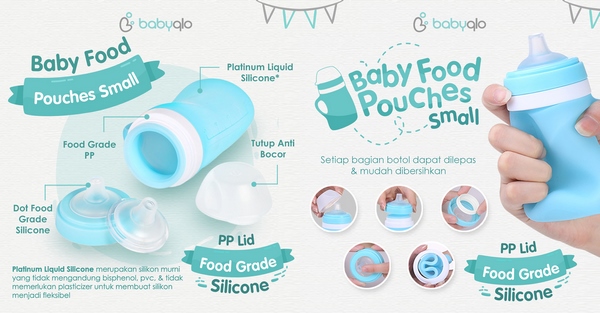 There are blenders made of glass, polycarbonate and tritan. What is the difference?
There are blenders made of glass, polycarbonate and tritan. What is the difference?
Power: for cream soup or nuts
The more powerful the blender, the faster it grinds foods with complex and hard textures: nuts turn into paste and milk, fibrous herbs and wild plants into green smoothies, frozen fruits into ice cream .
To prepare puree and cream soup from thermally processed products, a stationary blender with a power of 1200 watts or more or a personal blender of 250 watts is sufficient. But if you want to turn peanuts into homemade Nutella in no time, and spinach leaves into absolutely uniform green juice, take a closer look at more powerful, semi-professional and professional models.
Portable: convenient to take with you
If you often travel with your child and cook outside the home, choose personal blenders. Such models are compact, they are convenient to take with you. The advantage of personal blenders in the small volume of the glass.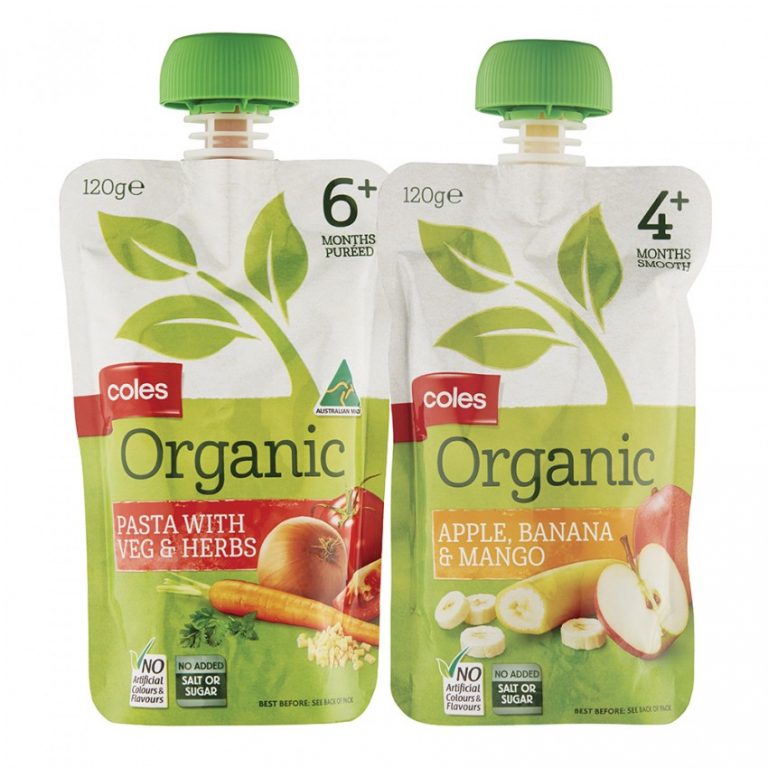 You can cook in small portions without transferring food to another container and without losing part of the product and your time. There are also fewer dishes for washing: grind, close the glass with a lid and take it with you.
You can cook in small portions without transferring food to another container and without losing part of the product and your time. There are also fewer dishes for washing: grind, close the glass with a lid and take it with you.
Silence of operation
Everything affects the volume of the blender: the materials and construction of the body, knives, bowl and fasteners. High-quality models make less noise without losing their power. Professional blenders are not quiet, but some models come with special noise-absorbing hoods (for example, Blendtec Professional 800). Blenders with tritan bowls tend to be a little quieter: tritan does not amplify, but absorbs vibrations. Due to their compactness and low power, personal blenders make less noise than professional models.
Additional options
When your child is older, you may want to please him with other dishes: frozen berry sorbet, nut paste, vegetable milk. Yes, and it will be useful for mom to restore strength with a glass of green juice.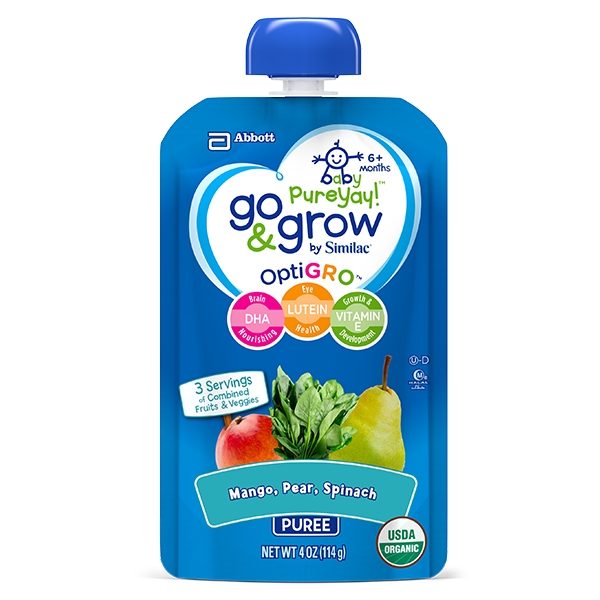 Choose from models that are suitable for different tasks: with medium power, special modes or additional knife blocks (separately for grinding dry and wet products).
Choose from models that are suitable for different tasks: with medium power, special modes or additional knife blocks (separately for grinding dry and wet products).
What other nuances to consider?
Models to look for
Stationary blenders have more options than personal blenders. However, in a fundamental moment, they lose: they will not be able to cook a small portion of baby food (the products must at least cover the knife blades for normal grinding).
Another aspect is mobility. For regular trips to your parents or country house, a portable personal blender is more suitable.
Personal and stationary models complement each other in the kitchen, so ideally use both. But if this is not possible, choose the type that best suits your needs and lifestyle.
The Hurom BL-C01 blender is a novelty of this year from a Korean company that has been known on the market for more than 45 years. Portable model, which is convenient to take with you when traveling with a child.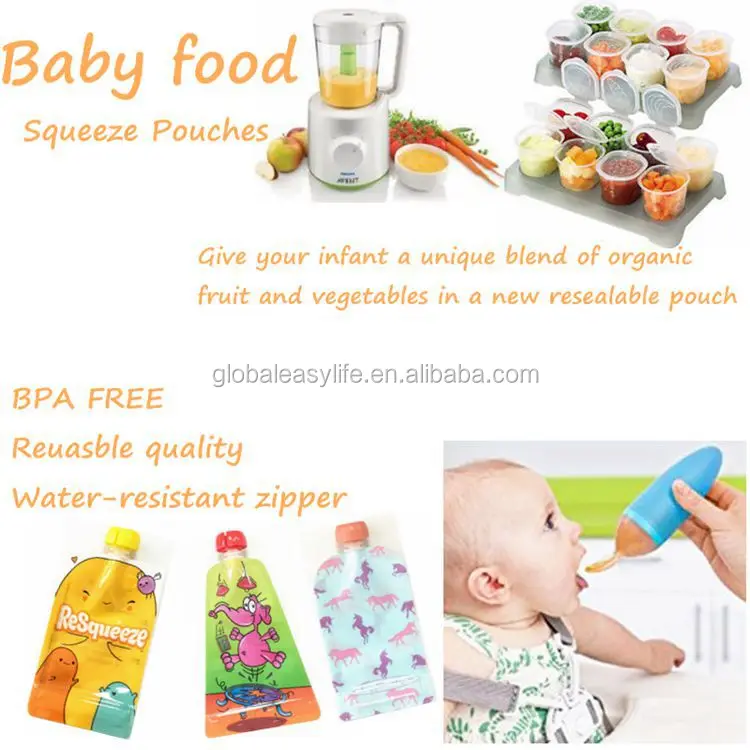 Two tritan cups of 350 and 600 ml allow you to prepare small portions of purees, soups and smoothies, as well as easy storage of the product, thanks to travel lids.
Two tritan cups of 350 and 600 ml allow you to prepare small portions of purees, soups and smoothies, as well as easy storage of the product, thanks to travel lids.
Tribest Personal Blender Glass PBG-5050 is one of the latest developments of the company, a personal, but at the same time quite powerful blender (as much as 500 watts). The model is suitable not only for purees and soups, but also for homemade sorbets, nut milks and healthy smoothies. And three glass bowls with lids of 240, 480 and 720 ml allow you to quickly chop and easily transport the right amount of baby food.
Tribest PB-350 is a versatile and compact model, a real classic that has proven itself in the market. The blender is equipped with two glasses (for whisking and chopping), as well as 120, 240 and 350 ml glass jars for easy storage (and preparation) of even the smallest portions of baby food. The model is equipped with automatic and manual pulse control mode, as well as two knives for comfortable grinding of liquid and dry textures.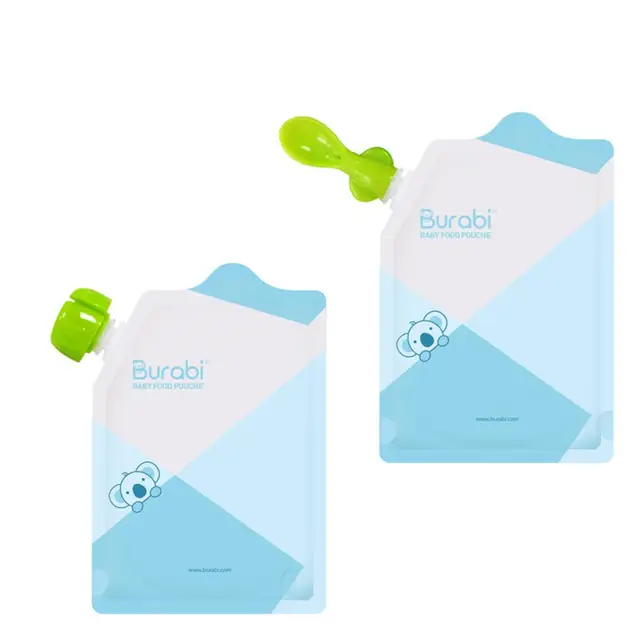
BlendTec Classic 575 is a classic stationary model from a well-known American manufacturer. Equipped with blunt blades made of reliable stainless steel (10 times stronger than blades from other manufacturers), which cannot be cut when disassembling and washing the blender. Sufficiently powerful (1560 watts) and durable model combines two types of control (4 modes + pulse). The blender is also equipped with a self-cleaning function for more comfortable use.
The L'equip BS5 Cube blender is a professional stationary model. This blender is great for processing hot and cold foods. You can also grind dry foods like grains, beans, and nuts into flour or a paste without adding liquid. The high-strength tritan jar and ultra-sharp titanium-coated Japanese stainless steel blades ensure reliable and fast preparation of any, even the most complex dishes.
The King Mix KM-2000 features simple, intuitive controls, high power (2000 watts) and soft start.

